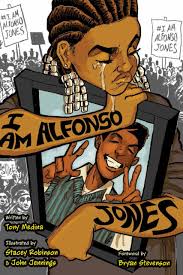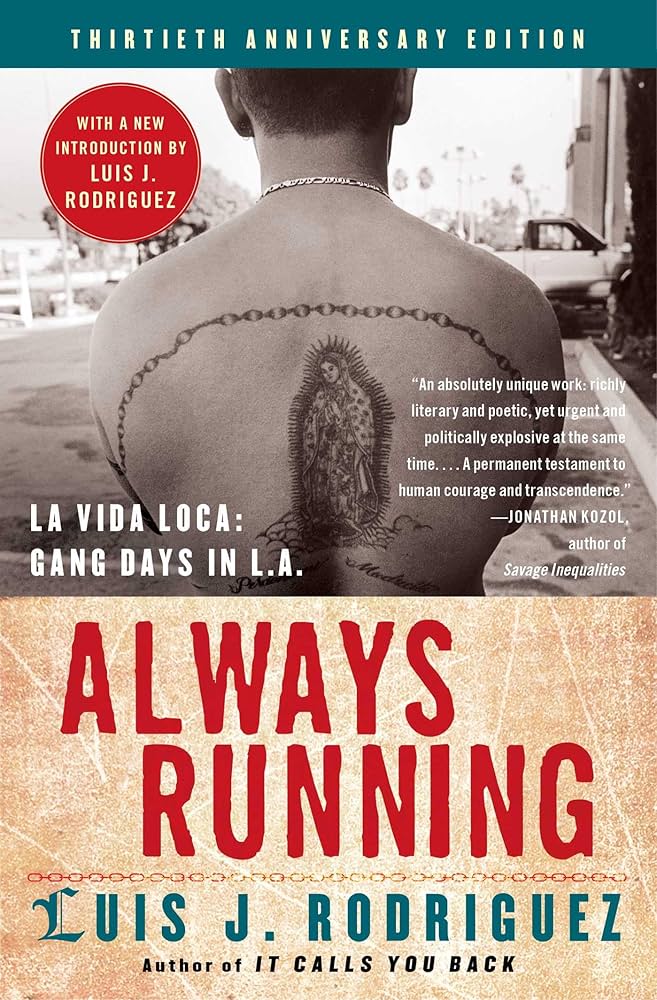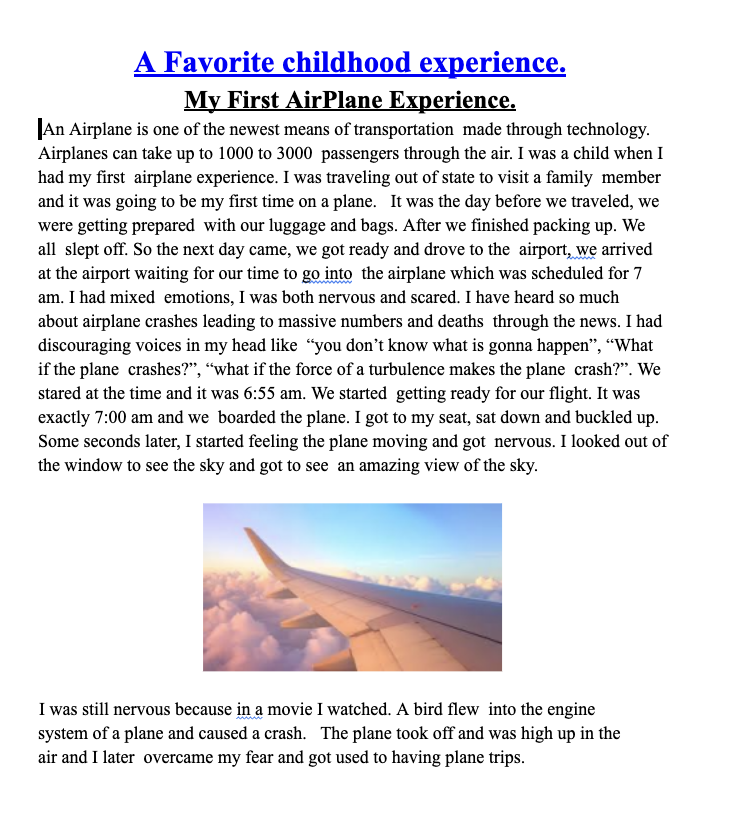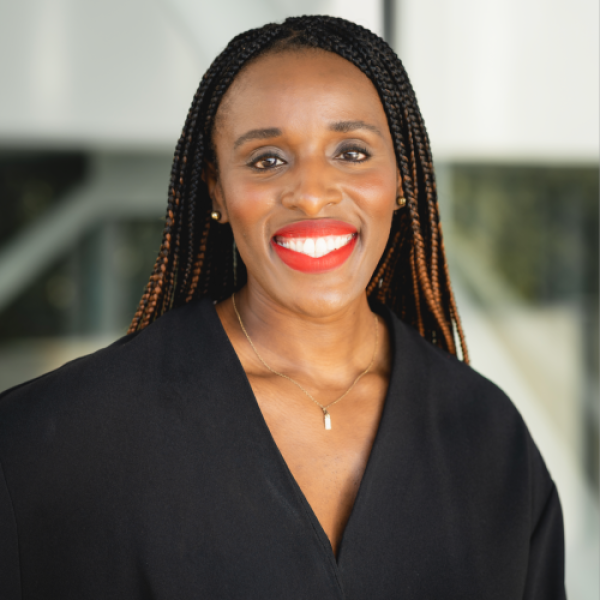How the Arts Can Help Black African Immigrant Youth in School Spaces and Beyond
Dr. Lakeya Afolalu is an Assistant Professor at the University of Washington in the College of Education. As a scholar of Language, Literacy, and Culture, she specializes in the intersections of immigration, race, and identity. Raised between her Nigerian and African American cultures, her hybrid identity is reflected in her scholarship that focuses on African immigrant youth. To read more about Dr. Afolalu, please visit her faculty biography here.
When Ms. Ana powered off her Bluetooth speaker, she couldn’t help but notice Isioma’s uncontrollable laughter as she and two girls packed their belongings to transition from dance class to lunch. That’s because Isioma’s bubbly social demeanor contrasted with her other 9th grade teachers’ descriptions of her as shy, quiet and reserved. Ms. Ana went on to tell me, “Isioma came in quiet, but she started making friends through dance class. Dance helps with this. Dance teachers don’t usually see the quiet behavior that other teachers see.”
I met Isioma through my research partnership focused on Nigerian immigrant youth schooling experiences in central Texas. Although Isioma’s first language is Nigerian English she became less communicative after she moved from Delta State, Nigeria to Texas, because she “sounded different” from her classmates. Isioma is one of many African immigrant youth who can be better supported in school spaces through the arts.
Seattle has a large African immigrant population. According to a 2016 report commissioned by the Office of Immigrant and Refugee Affairs and the City of Seattle, at least 27,000 East Africans live in Seattle and King County. Many immigrant youth attend Seattle Public Schools. In recent years, schools across the nation, including SPS, have had to make difficult decisions about whether to cut or reduce arts programs. These decisions are often guided by pressures to prioritize standardized tested academic areas like math and literacy. As schools grapple with these choices, these are the very programs that support youth like Isioma who may be hesitant to talk at school out of fear of experiencing linguistic discrimination. However, the arts offer diverse ways for youth to communicate in U.S. talk-centric schools, which often feels linguistically unsafe for youth whose home languages and accents differ from privileged, white, middle-class American English.
As a Nigerian and African American researcher at the University of Washington focusing on Black African immigrant youth languages, literacies and identities, and an arts-education advocate, I have worked closely with youth and families in New York, Maryland, Texas and now in Seattle. Through my community-engaged work, I have learned that arts programs are useful, powerful and necessary. As SPS may face future arts-funding decisions, it’s important to know that arts programs are vital, not only for Black African immigrant youth, but for all students.
 .
.  .
.  .
. 
* Young adult literature Isioma read via her English course's Canvas site.
Participation in the arts helps to foster friendships. In my research with Nigerian immigrant youth, they drew beautiful illustrations, practiced modern dance moves, and played band instruments. Unlike their core academic classes that heavily relied on oral talk as the main indicator of student participation, their arts classes invited them to communicate creatively. These creative communications connected them to trusted students who, over time, became good friends. The arts also enhance and sustain mental and emotional well-being. The Nigerian immigrant youth said their school-based creative writing was a “safe space” that helped them process and alleviate sad, frustrating and disconnected emotions that surfaced from experiencing anti-immigrant, anti-Black, and linguistic discrimination. Finally, the arts enable African immigrant youth to build preferred identities. This is especially important, as U.S. school curricula and popular media often portray African people and countries stereotypically. Several of the Nigerian immigrant youth complained that these portrayals did not reflect their lived realities and identities. However, through their participation in the arts, they built preferred identities beyond stereotypical ones – “poet,” “trumpet player,” “best dancer.” Schools should use the arts to invite youth to simply be one thing – who they desire to be.
 .
.  .
.  .
. 
* Young adult literature Isioma read via her English course's Canvas site.
Isioma recently began her freshman year of college and is still connected with her high school dance friends. She recently texted me that she’s already joined several campus organizations. Then, she sent me a stream of tears and heart-faced emojis with a text that read, “I’m not the girl who sits alone on the bleachers anymore.” Isioma attributes her boldness to her high school arts classes. Ending school-based linguistic discrimination requires radical transformations, but the arts are one way to support students’ identities and well-being.
Below is a memoir authored by Isioma ~

